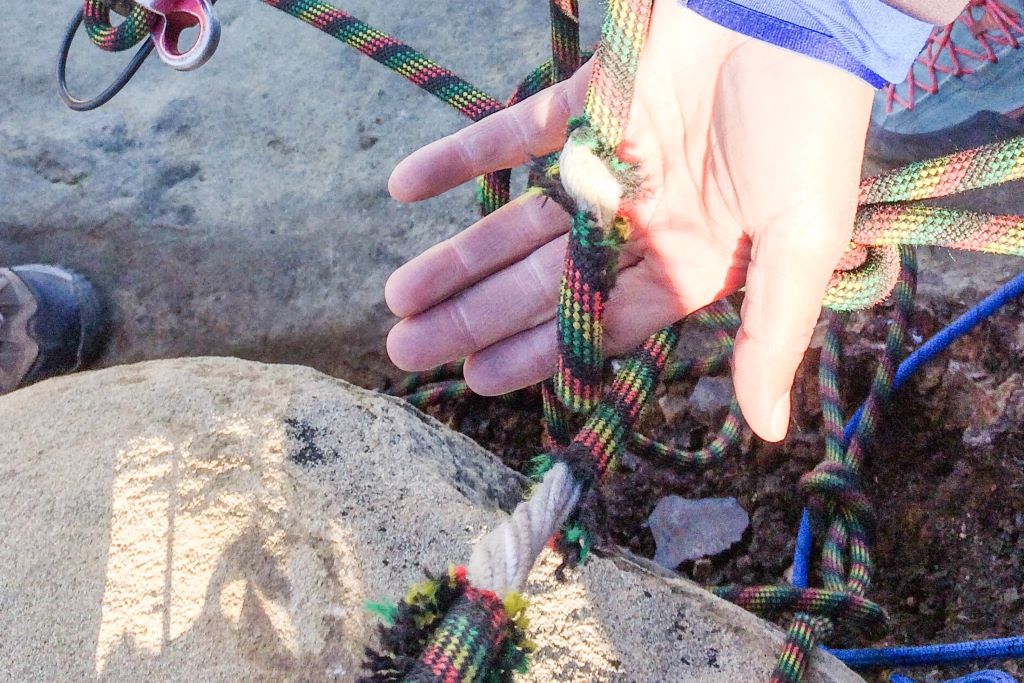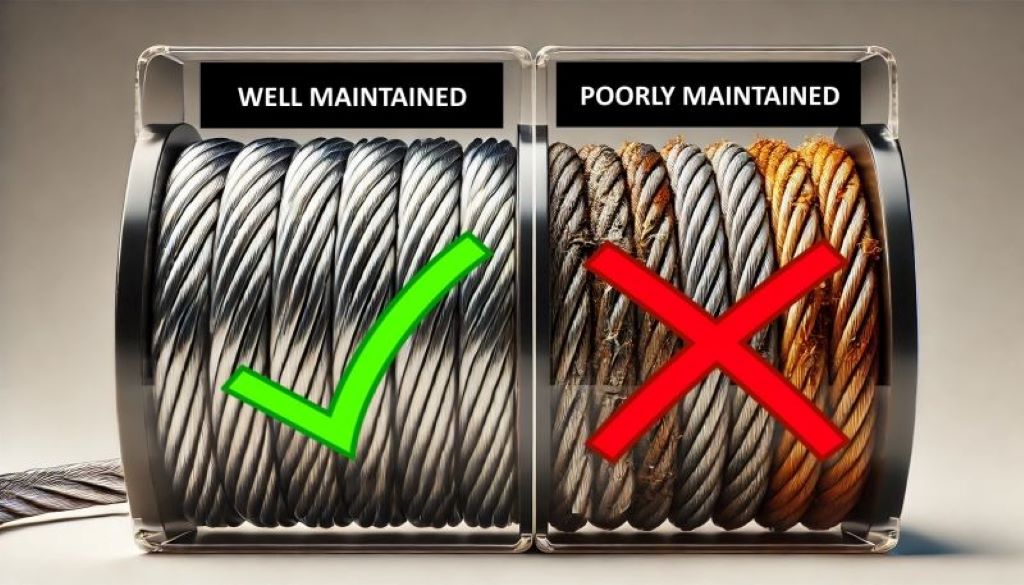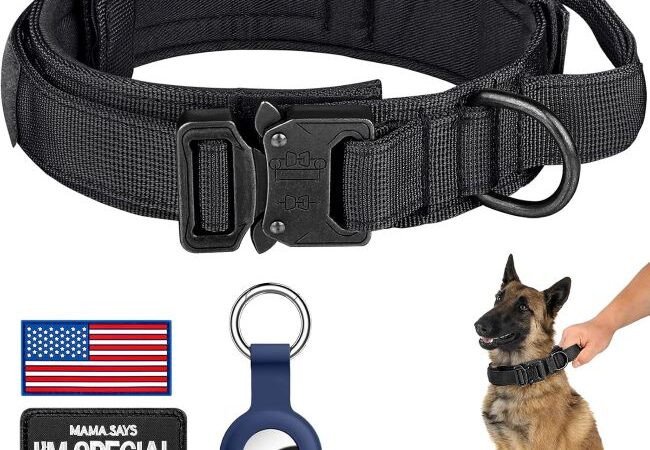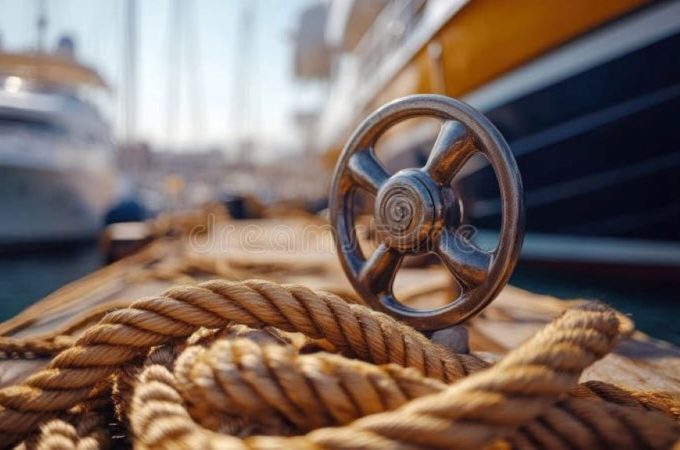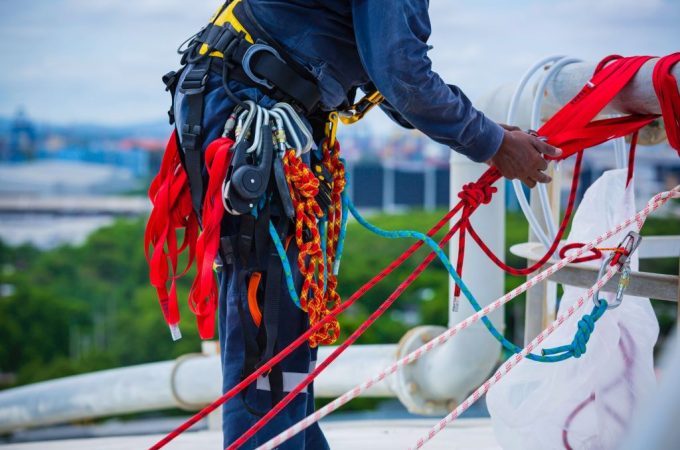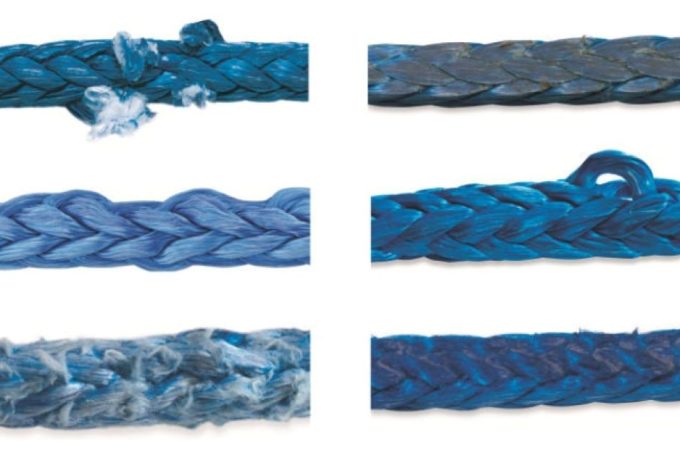
The Dangerous Cost of Ignoring Rope Maintenance
Ropes are the unsung heroes of countless industries—from construction and shipping to climbing and rescue operations. Yet, despite their critical role, rope maintenance is often overlooked. This negligence can lead to catastrophic failures, financial losses, and even fatalities. Ignoring rope maintenance isn’t just a minor oversight—it’s a dangerous gamble with lives, assets, and reputations.
Contents at a Glance
ToggleWhy Rope Maintenance Matters More Than You Think
Ropes endure immense stress. Whether hoisting heavy loads or securing life-saving gear, they face constant wear and tear. Over time, exposure to UV rays, moisture, chemicals, and friction degrades their strength. Without regular inspection and care, even high-quality ropes can fail unexpectedly.
According to Certex UK, neglected lifting equipment—including ropes—can lead to increased downtime, costly repairs, and serious safety risks. A single rope failure can halt operations, damage goods, and endanger lives. Worse, it can result in legal liabilities if safety regulations are breached.
The Hidden Financial Toll
Ignoring rope maintenance might seem like a cost-saving shortcut. In reality, it’s a fast track to financial disaster. The average business experiences up to 15 hours of unplanned downtime per week due to equipment failures. Multiply that by labor costs, missed deadlines, and lost productivity, and the numbers become staggering.
Emergency repairs are notoriously expensive. When a rope snaps during operation, the urgency to replace it often leads to inflated costs. Additionally, damaged equipment or goods can add thousands to the bill. Companies that fail to maintain their ropes regularly face higher replacement rates and reduced ROI on their gear.
Safety Risks That Can’t Be Ignored
Safety is non-negotiable. A frayed rope might look harmless, but it can be a ticking time bomb. In high-stakes environments like construction or rescue missions, rope failure can result in severe injuries or death. According to Taproot, neglected equipment—including ropes—has been directly linked to fatal accidents.
Moreover, non-compliance with safety standards such as OSHA or LOLER can lead to hefty fines and legal action. Companies are legally obligated to ensure their equipment is safe and functional. Skipping rope inspections or ignoring signs of wear exposes workers to unnecessary risks and opens the door to lawsuits.
Reputation Damage and Client Confidence
Trust is hard-earned and easily lost. Clients expect reliability, especially in industries where safety and precision matter. A rope failure that causes delays or accidents can tarnish a company’s reputation. Stakeholders may question your commitment to safety and operational excellence.
In competitive markets, reputation is currency. Companies that prioritize maintenance signal professionalism and care. Sharing your maintenance protocols with clients can build confidence and differentiate your brand. On the flip side, ignoring rope upkeep can erode trust and cost you future contracts.
Environmental and Operational Impact
Rope failures don’t just affect people—they impact the environment and operations. For instance, a snapped rope on a shipping vessel can lead to cargo spills, polluting waterways and triggering regulatory penalties. In manufacturing, broken ropes can damage machinery, leading to energy waste and increased emissions.
Routine maintenance helps prevent these cascading effects. By identifying wear early, companies can replace ropes before they fail. This proactive approach minimizes environmental harm and keeps operations running smoothly.
Real Solutions for Rope Maintenance
Avoiding the dangerous cost of ignoring rope maintenance starts with a solid plan. Here’s how to stay ahead:
- Schedule Regular Inspections: Check ropes for fraying, discoloration, stiffness, and other signs of wear.
- Use the Right Rope for the Job: Match rope type to load, environment, and usage frequency.
- Store Properly: Keep ropes dry, clean, and away from direct sunlight or chemicals.
- Train Staff: Ensure employees know how to inspect and handle ropes correctly.
- Document Everything: Maintain digital records of inspections and replacements for compliance.
Featured Snippet: What Is the Real Cost of Ignoring Rope Maintenance?
Q: What is the real cost of ignoring rope maintenance?
A: Ignoring rope maintenance can lead to equipment failure, safety hazards, and financial losses. A single rope failure may halt operations, cause injuries, and damage goods. Businesses face increased downtime, emergency repair costs, and legal liabilities. According to industry sources, unplanned equipment failures cost companies up to 15 hours of downtime weekly. Regular inspections, proper storage, and predictive maintenance tools can prevent these risks and protect both people and profits.
FAQs
- How often should ropes be inspected?
Ropes should be inspected before each use and undergo thorough checks monthly, depending on usage intensity. - What are signs of rope wear?
Look for fraying, stiffness, discoloration, broken fibers, and unusual stretching. - Can damaged ropes be repaired?
Minor damage may be addressed, but most compromised ropes should be replaced to ensure safety. - What types of ropes require the most maintenance?
Synthetic ropes used in outdoor or high-load environments degrade faster and need frequent checks. - Are there regulations for rope maintenance?
Yes. OSHA and LOLER mandate regular inspections and documentation for lifting equipment, including ropes. - How does rope failure affect productivity?
It causes unplanned downtime, delays, and increased labor costs, impacting overall efficiency. - What’s the best way to store ropes?
Store in a cool, dry place away from sunlight, chemicals, and sharp objects to extend lifespan.
Final Thought
Rope maintenance isn’t optional—it’s essential. The cost of ignoring it goes far beyond replacement expenses. It risks lives, disrupts operations, and damages reputations. By investing in regular inspections, proper storage, and predictive tools, businesses can safeguard their teams and bottom lines. Related Topics: Best Kernmantle Rope: Safe and Reliable Climbing Lines
Call to Action
Don’t wait for a rope to snap before taking action. Review your maintenance protocols today. Train your team, schedule inspections, and explore predictive solutions. Protect your people, your profits, and your peace of mind—because when it comes to rope maintenance, prevention is always cheaper than the cure.

